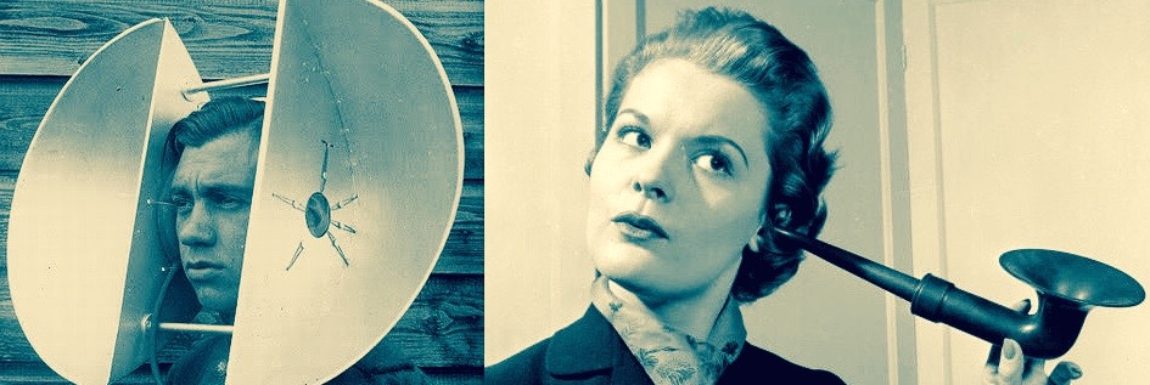
A prick of the finger, a small drop of blood and ten minutes later you will know precisely why you are losing your hearing or your balance. That’s the hope and promise of a significant breakthrough in diagnosing inner ear disorders.
The pioneering blood test which can detect damage at the cellular level is likely the first of its kind, and the implications for diagnosis and eventual treatment are profound.
The biosensor test was developed under the leadership of Dr Alain Dabdoub, at the Sonja N. Koerner Hearing Regeneration Laboratory, Sunnybrook Research Institute in Toronto, and Research Associate Dr. Sahar Mahshid. The results have just been published in the prestigious journal Biosensors and Bioelectronics.
Their work targeted two biomarkers that are released by damaged cells and circulate in the blood. The first is prestin, a protein associated with damage to the outer hair cells of the cochlea. They are responsible for amplifying sound and are the most susceptible to loud noises. The second is otolin-1, another protein biomarker. and it’s associated with balance disorders in the cochlea’s sister organ, the vestibular.
Currently the only way to diagnose inner ear disorders is by using physical tests such as asking a patient to respond to various sounds in an audiologist’s booth.
“Audiology can tell you if you have hearing loss and the audiologist can also tell the problem is in your inner ear. But that’s about as far as it goes,” says Dr. Dabdoub.
The ability to pinpoint which inner ear cell type, including hair cells, are damaged not only improves diagnosis, it also has exciting implications for developing targeted pharmaceutical therapies (such as FX-322) which may lead to repairing and reversing the damage.
“You would be able to detect and monitor progress so you can assess the treatment in real time”
“It was a lot of work. The study itself and the experiments took us two years to complete”, notes Dabdoub. And there’s still a lot of work to do.
“We need to make the test even more sensitive and we need to identify more biomarkers. We need biomarkers for all the different cell types in the ear. What we would love to do is to build a platform that has maybe 10 to 15 biomarkers that are specific to different cells in the ear, so that we can produce a full range of diagnostic information.”
“That’s our plan for the foreseeable future”
Of course, that will take money. Dr. Dabdoub is hopeful that their results will now attract the interest and resources of pharmaceutical companies.
If you would like to support the team’s work consider a donation to the Sunnybrook Research Foundation.

